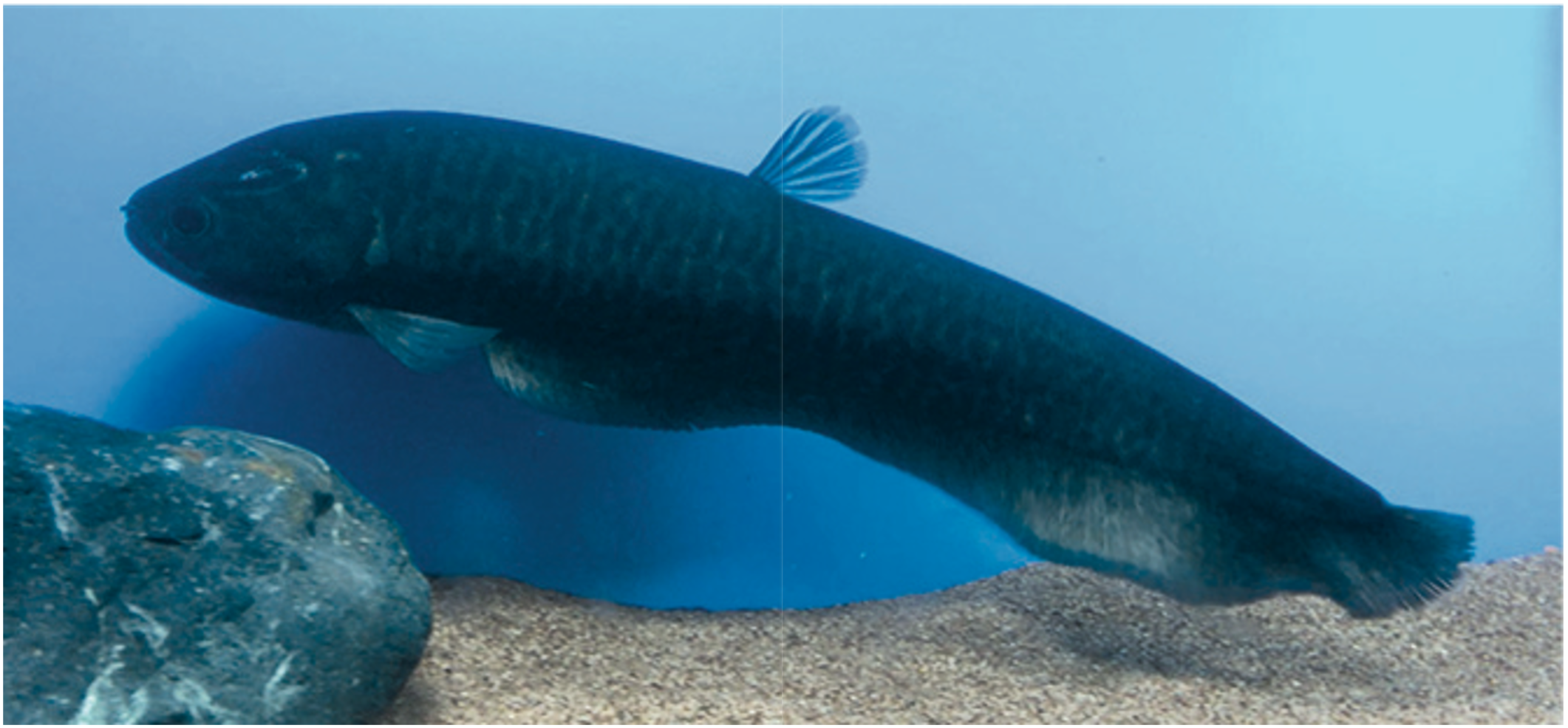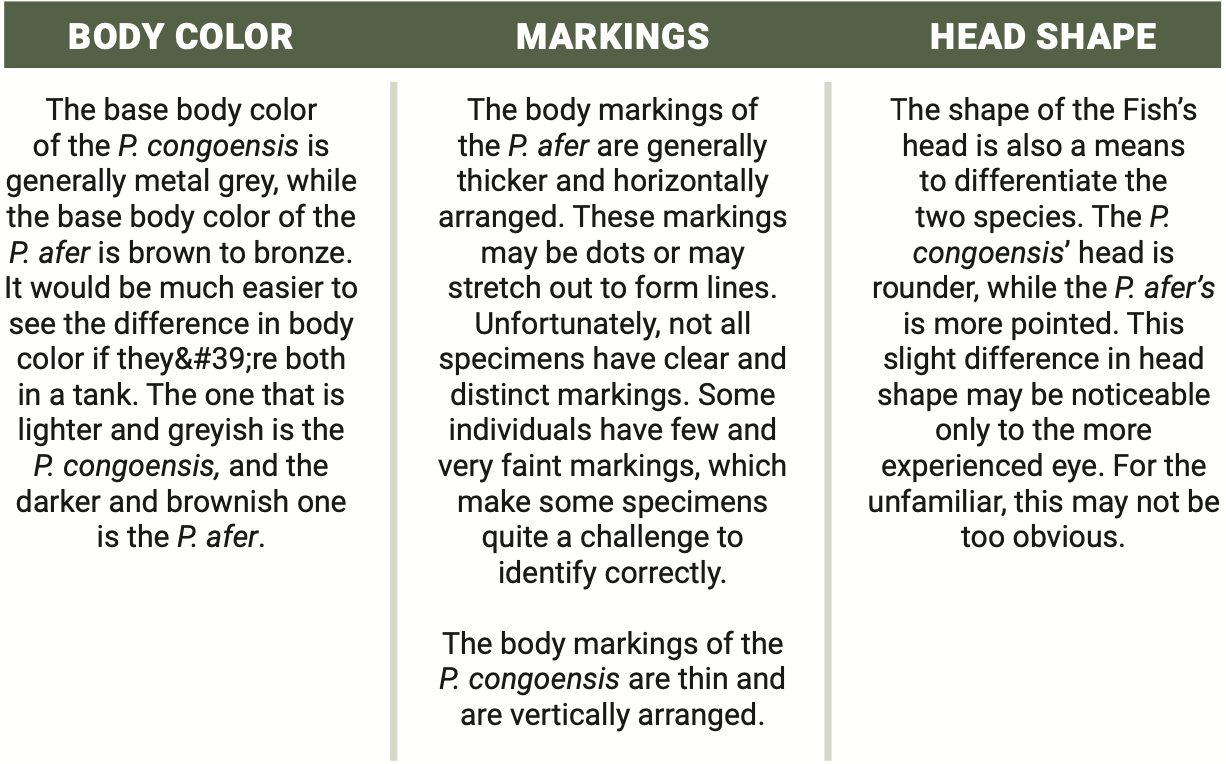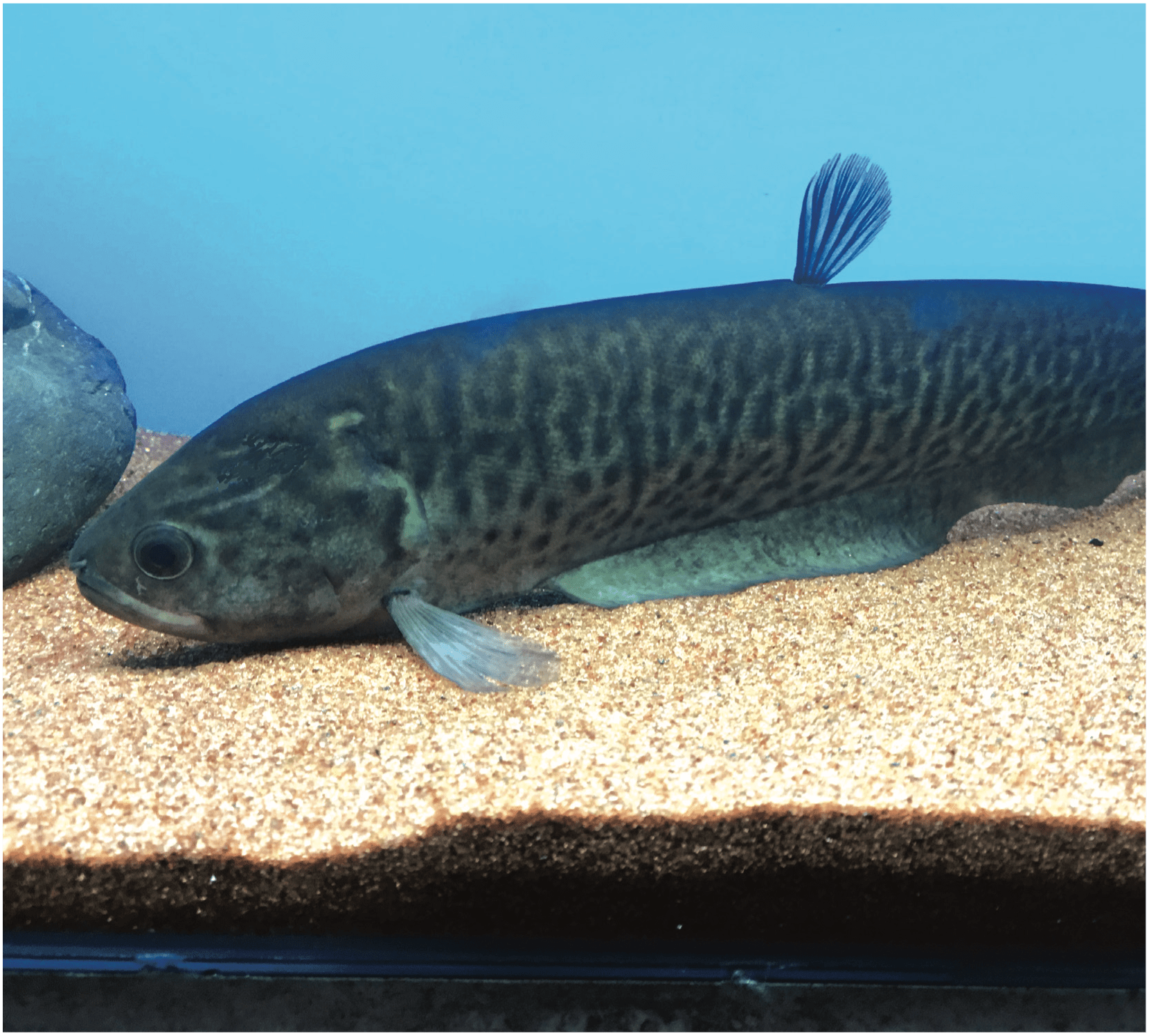The genus Papyrocranus refers to freshwater Fishes from the family Notopteridae, found in Middle and West Africa. This small genus of Knifefish is represented by only two species: the Papyrocranus afer or the Reticulated Knifefish, first described by German-born British zoologist Albert Günther in 1868, and the Papyrocranus congoensis or the Congo Marbled Knifefish, first described by noted American ichthyologists, John Treadwell Nichols and Francesca LaMonte in 1932.
Knifefish from the genus Papyrocranus are not very popular. The more familiar ones include the South American Knifefish; the Black Ghost Knifefish or the Asian Knifefish (Apteronotus albifrons); the Clown Knifefish (Chitala ornate), which sadly has found their way to Philippine rivers as an invasive species; and the exotic Aba Aba Knifefish (Gymnarchus niloticus).

TRULY RARE
Most may have not even heard of or seen these Knifefishes from the Papyrocranus genus. I suppose only those who care for extremely exotic Fishes who spend countless hours browsing the internet for intriguing species are the ones aware of them.
Among Filipinos, only a few care for these, since both species of Knifefishes are not very common in the Philippines. We usually get these once or twice a year, depending on the availability from African suppliers.
MISTAKEN IDENTITY
Between the two species, the more popular one is the P. afer. In fact, African exporters supply only the Reticulated Knifefish, since they do not know the difference between the two species.
Based on my experience with the only importer that brings in Papyrocranus, one in every three or four shipments of “Reticulated Knifefish” turns out to be a misidentification and is actually P. congoensis, not P. afer. While both species may occasionally be available in the Philippines, it is more difficult to obtain P. congoensis.
TELLING THE DIFFERENCE

To properly identify P. congoensis from P. afer, you must look at these three features: the body color, markings and the head shape.

DO THEY REALLY LOOK LIKE KNIVES?
Like all Knifefishes, the Congo Marbled Knifefish is characterized by their slim, knife-like body shape; after all, this Fish derives their common name from this characteristic.
Most sites say that the maximum size of the P. congoensis is 21.4 centimeters or about 8.5 inches, which I believe is not true because I have cared for specimens 12 inches in length. I believe the maximum size in the wild should be about 20 inches as one source claims.

FIN FEATURES
This rare oddity has an interesting set of fins. They have a small fan-shaped dorsal fin which they open and close like a fan. Interestingly, while most Fishes have limited movement with their dorsal fin, Knifefishes can move their dorsal fin in all directions like a pectoral fin.
They have a pair of large pectoral fins that controls their direction when swimming.
The anal fin is fused together with the caudal fin, forming a single fin that starts from the anus and extends to the tip of the tail. By undulating this long fin, the P. congoensis can propel themselves forward or backward.

KEEPING THE KNIFEFISH COMFY
Internet information about this Knifefish is very limited. From the available studies, it could be said that these Knifefishes come from the Congo River basin in Central Africa. Based on their habitat, I would assume that it is best to keep P. congoensis in an aquarium with these water parameters.

CARE TIPS
TANK SIZE
Because they may grow to quite an impressive size, you should house the P. congoensis in a 75-gallon aquarium or bigger.
FILTER
Provide adequate filtration and adequate aeration as these Fishes are predatory and will create a generous amount of biowaste. Overhead filters, canister filters, trickle filters, or sump filters are good choices for this set up.
WATER QUALITY
A weekly 30 to 40% water change should keep your tank in optimum quality and will keep your ammonia, nitrite, and nitrate levels at very safe levels.
FOOD
P. congoensis are predatory Fishes requiring meaty food. Since they are caught in the wild, it is recommended to first give them live food. They may be offered live Earthworms, tubifex, Shrimp, or small Fishes. Eventually, they may be weaned off live food.
You may want to offer some commercially available Fish food specific to carnivores. I do not guarantee that they will be willing to eat these, but it is surely worth the try, because it would be very convenient if they do take commercial fish food.
ENVIRONMENT
Knifefishes are rather shy and timid. They are also nocturnal in nature. Therefore, they are more comfortable in the dark than in brightly lit tanks. In fact, they live in the dark and navigate their way around the bottom using electrolocation.
With these in mind, provide some driftwood where they can hide and feel more relaxed. Plants are a welcome addition to the tank since they provide further cover and make them feel more secure. They are not open water swimmers; hence, they are more comfortable hanging around among the structures and decor in the tank.
TANK MATES
P. congoensis are generally peaceful but can be aggressive towards slower or smaller tankmates; after all, they are predators. Avoid small, peaceful Fishes like Tetras and Guppies, and opt for bigger and more robust Fishes like big Barbs, Cichlids, Catfishes, etc.
I highly recommend Bichirs as tank mates because they come from the same waters and are hardy Fishes able to withstand aggression of the P. congoensis.
If you have any questions or inquiries about the Fish mentioned above or wish to feature your Fish in this column, please write to Angel Ampil at [email protected].






